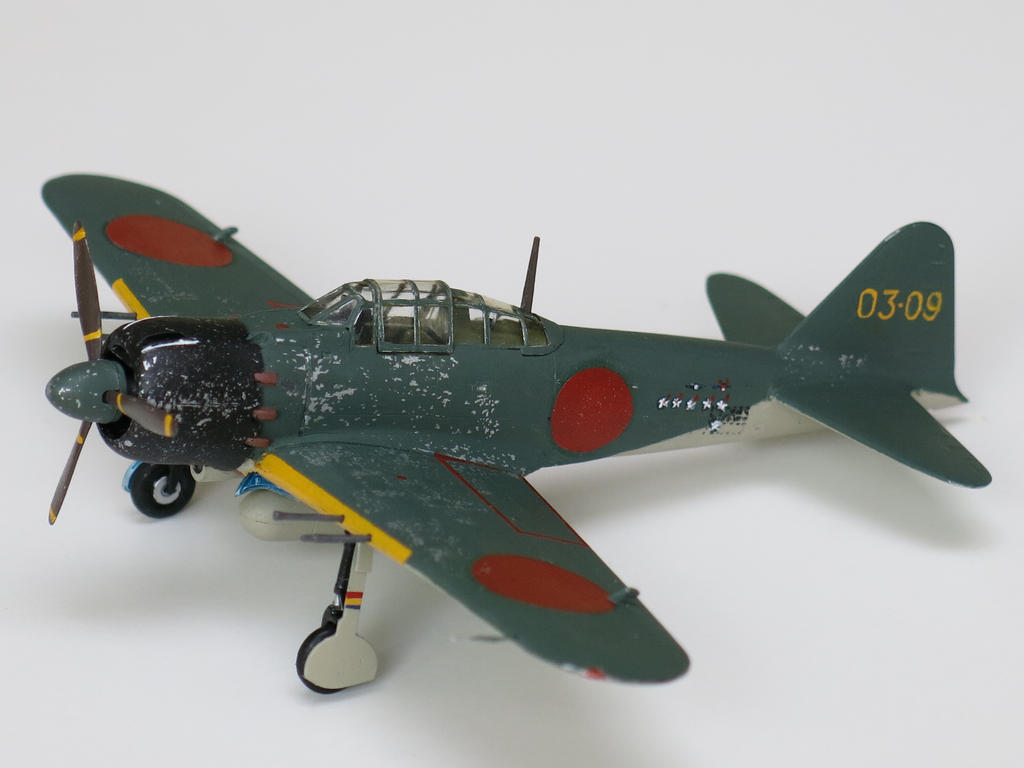AerialTorpedoDude69
Airman 1st Class
- 126
- Mar 1, 2022
Part of me wants to believe the guy wasn't lying, but there were so many frauds out there. We've all met our share. I even met a sushi chef in the early nineties in Sacramento who claimed to have been a kamikaze pilot who rammed a B-29, got stuck, and was captured. I know for certain that this is a pure fiction so someone claiming to have been an ace seems just as unlikely since they were so rare.That is a very interesting story and it could very well be true. During a cursory check I found this on the web:
Following the end of the war, Tanimizu became a taxi driver until a minor stroke forced him into retirement. He passed away in a retirement home in Osaka, Japan on March 12th 2008, at the age of 88.

Mitsubishi A6M5c Type 0 Model 52c Reisen '03-09' by kanyiko on DeviantArt
www.deviantart.com
Oh and your explanation makes perfect sense, they teach those principles in ground school, although it's been ages since I went through ground school. It's good to review that information though, thank you. Your explanation was outstanding.
